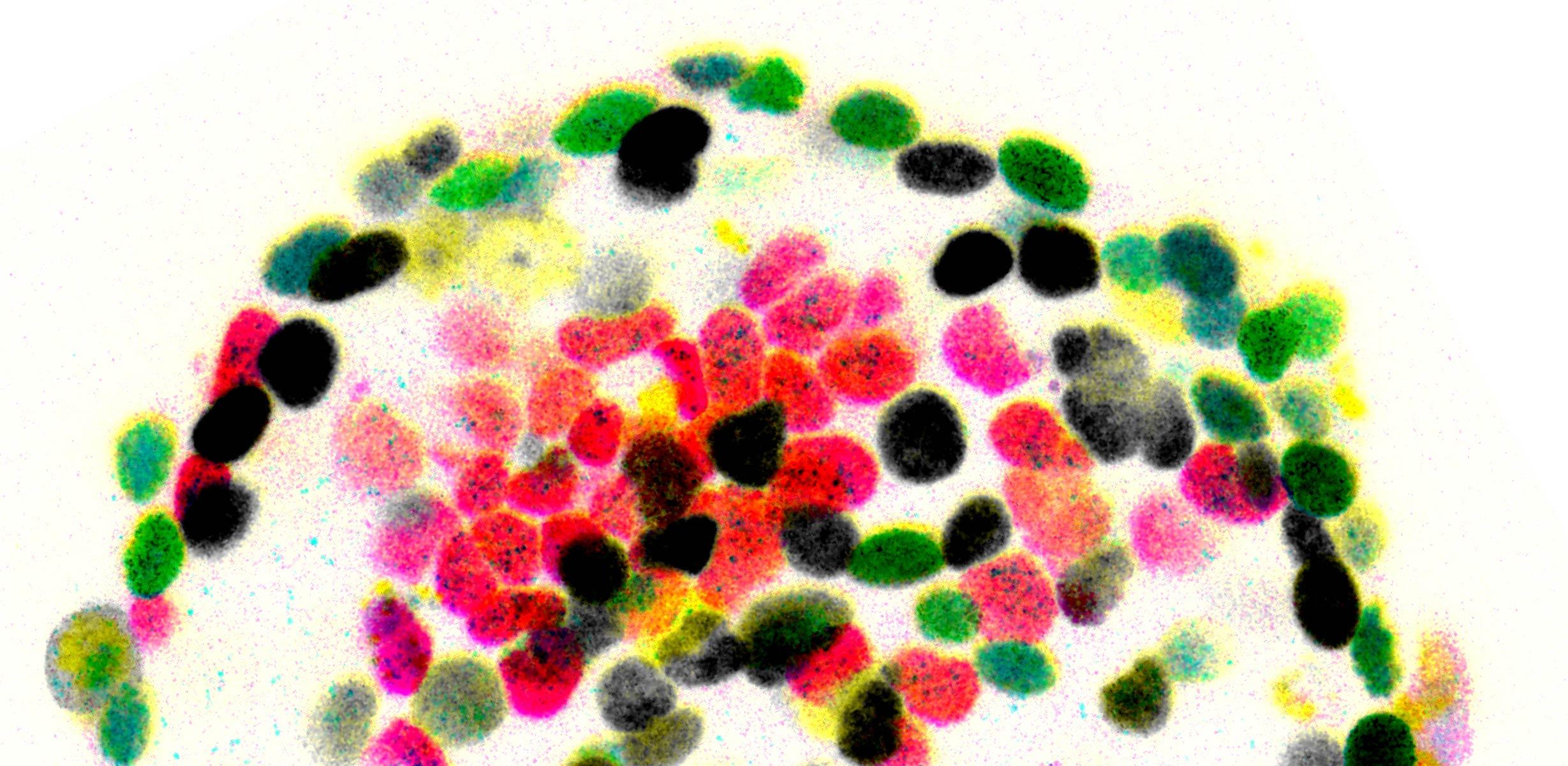
|
Supervised by: Kathy Niakan (kkn21@cam.ac.uk) and Thorsten Boroviak (teb45@cam.ac.uk) |
|
|
Project Title |
Understanding the molecular mechanisms that control human yolk sac progenitor (hypoblast) cell development |
|
Project description We seek to understand the molecular mechanisms that regulate early human development. By analysing gene expression dynamics in individual human embryo cells and chromatin accessibility across human preimplantation development, we have identified transcriptions factors that are highly expressed and that we predict have a functional role in the divergence of extraembryonic yolk sac progenitor (hypoblast) cells from placental and embryonic progenitor cells. Very little is known about the mechanisms that regulate the initiation and maintenance of extraembryonic lineages (such as the hypoblast and placental trophectoderm) despite their importance in early nutrient exchange and patterning of the epiblast-derived embryo proper. The hypoblast lineage plays a pivotal role for axis formation, gastrulation and yolk sac formation in human embryogenesis. Moreover, the extraembryonic lineages that are derived from the hypoblast have been suggested to differ in their origin in human and non-human primate embryo development compared to the mouse. This PhD project will investigate the functional requirement of transcription factors in stem cell models of the hypoblast including 2D stem cell lines and 3D integrated stem cell models of embryos. Initially, candidate transcription factors will be screened in 2D cell lines using a genome editing approach which has been optimised in our labs. The Niakan and Boroviak labs have expertise in CRISPR/Cas9 genome editing, advanced light microscopy, single-cell spatial transcriptome profiling, multi-omics analysis, integrated stem cell models of embryos (blastoids), and human embryo culture methods. The PhD student will have access to stem cell lines from human, marmoset, rat and mouse for cross-species comparisons and embryos from these species to determine the phenotype of a selected factor in vivo. The student will also have an opportunity to acquire bioinformatics analysis skills and will work closely with statisticians and computational biologists to refine our methods to predict transcription factor interactions in the early embryo. |
|
|
References
|
|
|
Candidate background |
This project would suit a candidate who is curious and passionate to understand the molecular mechanisms that regulate the first cell fate decisions in human embryos. We also seek candidates who have a desire to work in a congenial and collaborative research environment. |
Image caption: Marmoset blastocyst, provided by Thorsten Boroviak

